Digital cameras have more options than ever. Choosing the right camera modes can be the difference between great photos and blown out or under-exposed shots.
In this article we are going to cover only the important camera modes, and if you haven’t used them, we strongly recommend that you start. Forget about Automatic mode and start making you own decisions! Start using Aperture Priority, Shutter Priority or Full Manual Mode.
Automatic Mode
Although we don’t recommend using automatic mode, we are going to cover it since it’s one of the most popular modes. This is the first of the camera modes that most photographers will use. In Automatic mode, your camera adjusts all the settings for you. It uses it’s own judgment (for better or worse..) to set ISO, Shutter Speed, Aperture, White Balance, Flash and everything else. It works well for the most part, but don’t forget that the camera is just guessing what’s going on around you. Your camera doesn’t know if you are shooting sports at night, lifestyles, or a snowboarder on the snow. Action sports photography is all about unusual conditions and that’s why you should help you camera for better results.
Aperture Priority Mode
Often abbreviated with A or Av on the Mode dial, this is the camera mode where you select a constant Aperture value and your camera sets the shutter speed for proper exposure. (Read more about Aperture here.) Use this mode when you like to maintain depth of field(how much of the image is in focus) or you want your lens to stay at the sharpest setting. In APS we often use this more for shooting action outdoors where you have plenty of light and the shutter speed stays fast as long as your ISO is cranked up a bit.
Shutter Priority Mode
Marked as TV or S on the dial, this camera mode is pretty similar to Aperture Priority mode, but you set the Shutter Speed (Learn about shutter speed here) and the camera chooses the Aperture value that is required for the correct exposure. This mode is great if you are looking to maintain high shutter speed to freeze motion or slow shutter speed to apply motion to your images. It’s also best when shooting with flashes in changing light conditions, and you want to make sure the shutter speed won’t go above the Sync Speed of your camera.
In the two camera modes mentioned above, the camera still uses the light meter and guesses the rest of the settings. They are great modes for changing light conditions and but you may have to help your camera every now and then. You do that by using Exposure Compensation (read more about this here).
Manual Mode
In manual mode, you have full control over absolutely all the camera settings. You have to have a good idea of what the appropriate exposure in different conditions will be, just by looking at your light meter and judging the surrounding conditions. Shooting in manual mode usually starts with couple test shots, so you can get an idea of what your exposure looks like.
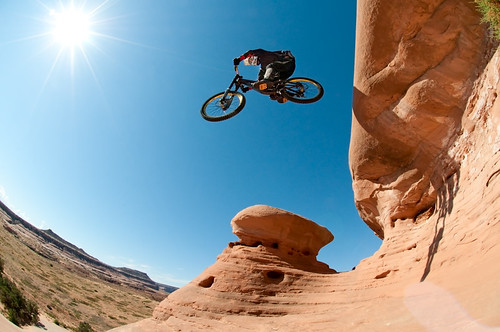
By using the LCD on the back of the camera and the built-in Histogram you can figure this out pretty easy. Manual mode gives you a ton of flexibility so you can set your shots the way you want them. Another HUGE benefit is image consistency, your camera won’t change anything for you in this mode, so once you get the exposure right it will remain that way until you change something.
When you move the camera a little bit with other modes, you will typically get a completely different exposure than you originally saw. DON’T let manual mode scare you, many people are afraid to use it, but if you are serious about your photography just start using it and before you know it, this will be pretty much the only mode you ever want to use.
Next Guide Article: ISO and Action


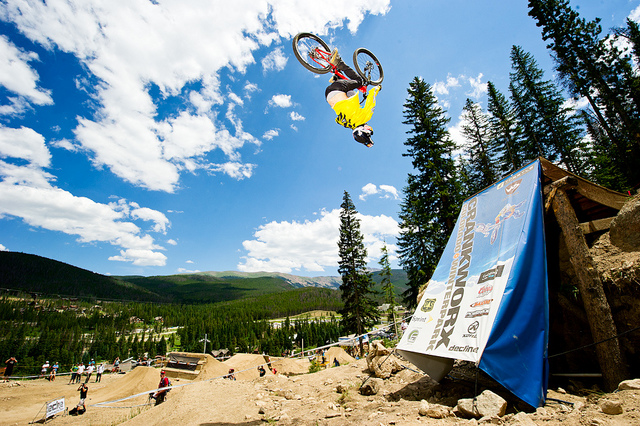

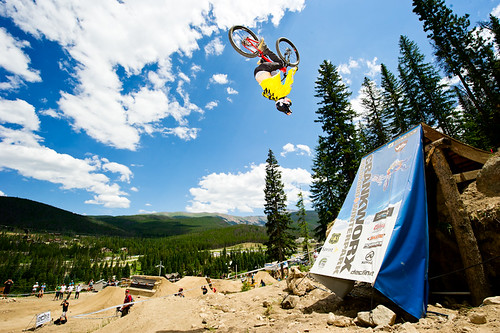
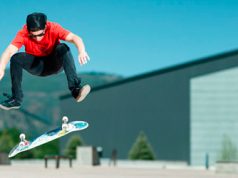


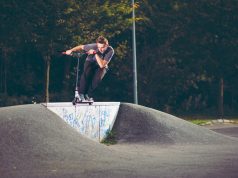
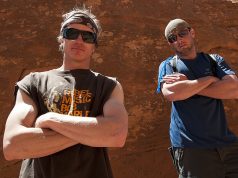
Another option I have used with success with radically or fast moving subjects (ie. birds in flight) is to set the shutter speed I need to freeze the action, the aperture I want to use creatively (and with BiF, I tend try to increase my DoF a bit so focus depth is slightly more forgiving) and use the AutoISO function in my camera. It’s still an auto mode, really, it’s just hitting the exposure with ISO instead of aperture/shutter.